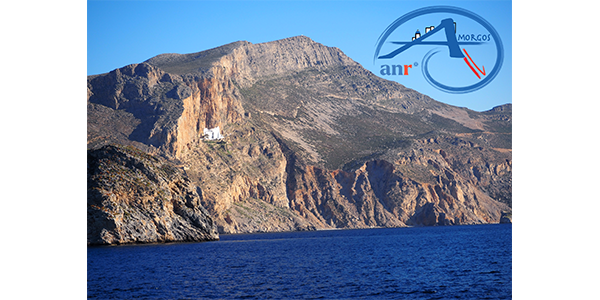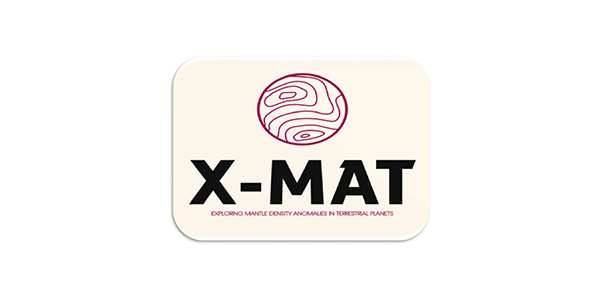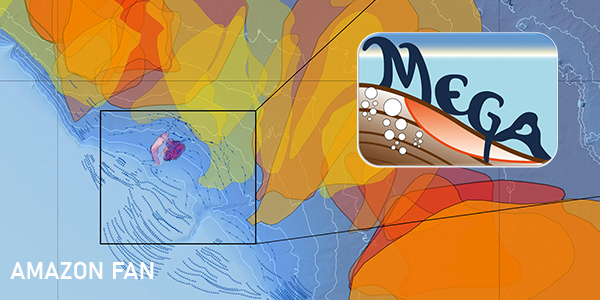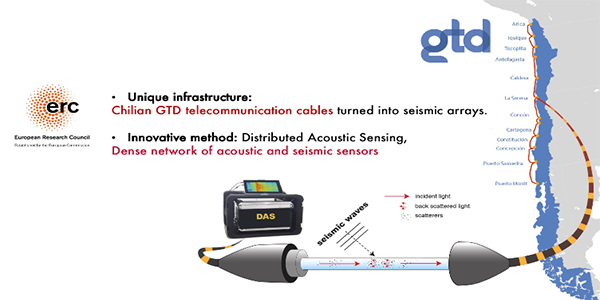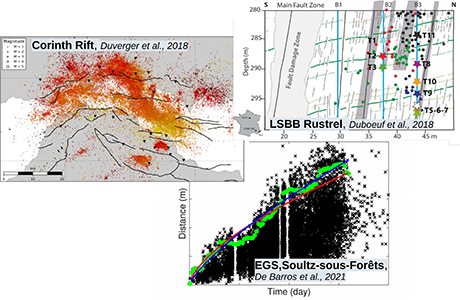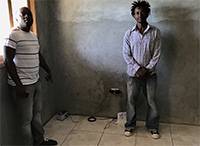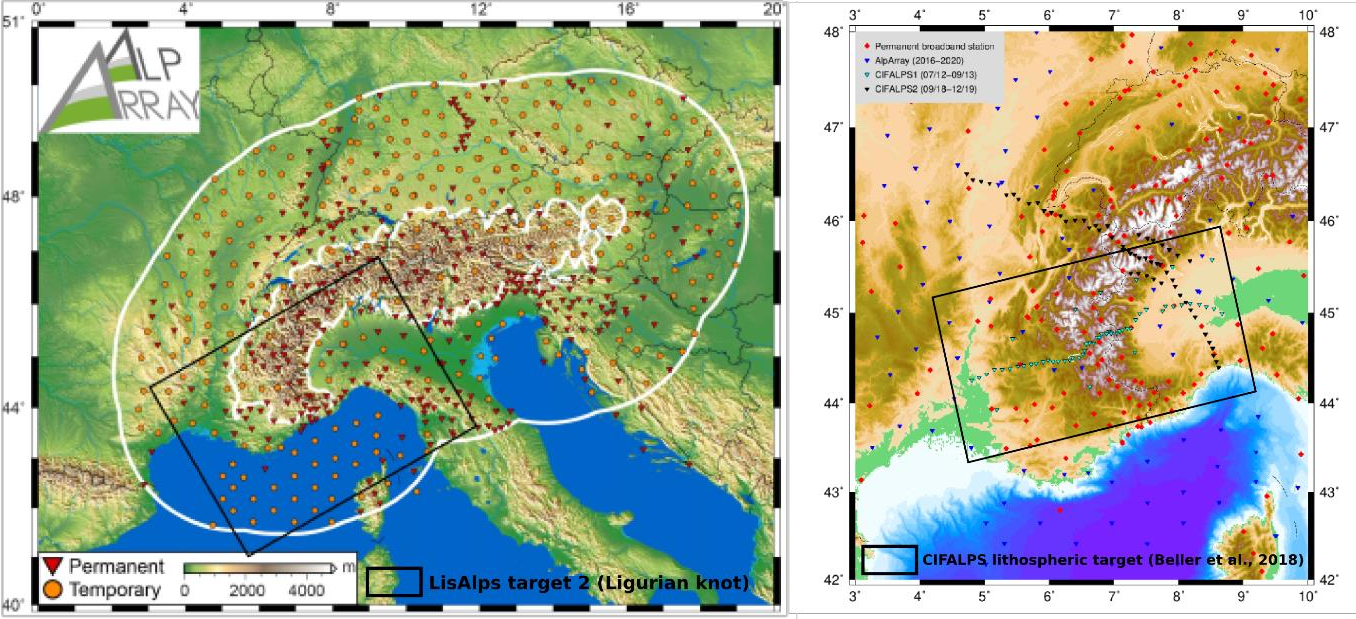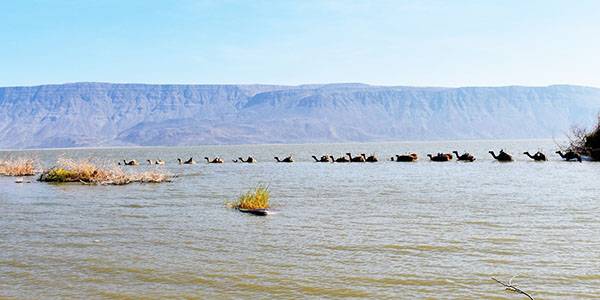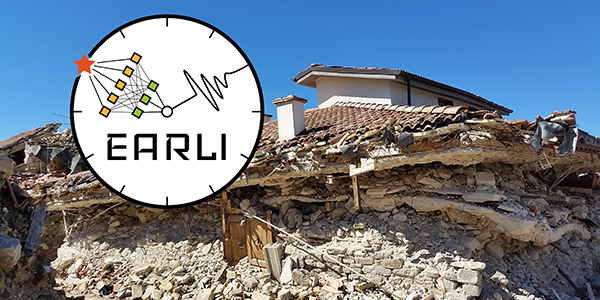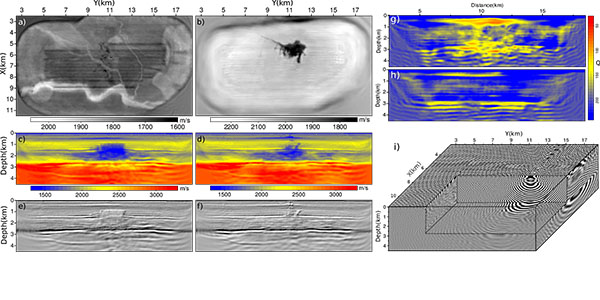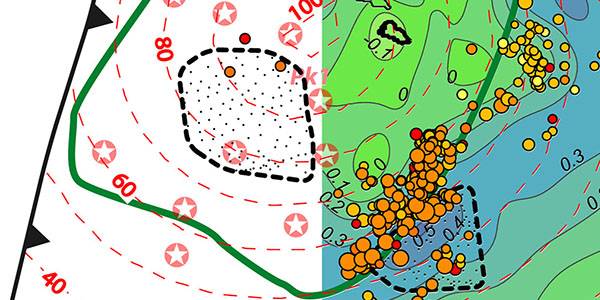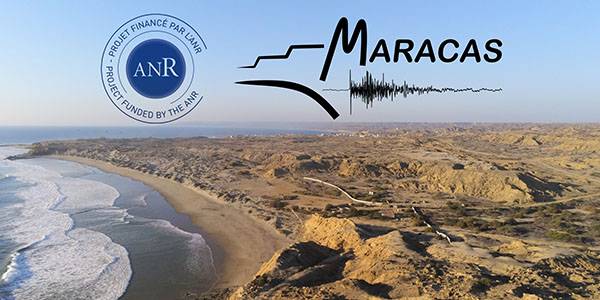Recherche par Projets
INPOP et la recherche de la planète P9 - 2016
- Détails
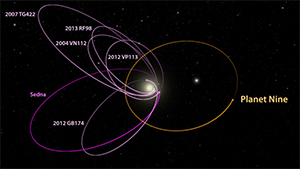 Depuis 2003, les éphémérides planétaires européennes INPOP développées en collaboration à l'Observatoire de la Côte d'Azur (Géoazur) et l'observatoire de Paris (IMCCE) sont une référence mondiale et ont permis en 2016 de déterminer la position probable de la 9ième planète du système solaire.
Depuis 2003, les éphémérides planétaires européennes INPOP développées en collaboration à l'Observatoire de la Côte d'Azur (Géoazur) et l'observatoire de Paris (IMCCE) sont une référence mondiale et ont permis en 2016 de déterminer la position probable de la 9ième planète du système solaire.
Grâce aux perturbations induites par cette planète encore non observée depuis la terre sur l'orbite de Satune, A. Fienga, J. Laskar et leurs équipes ont pu délimiter la zone de l'espace qui pourrait abriter la dernière planète géante de notre système solaire.
Cette planète grosse comme 10 fois la masse de la terre avait été proposée par (Batygin and Brown 2016) comme pouvant expliquer la distribution très particulière des objets de Kuiper observés depuis plusieurs années. Or jusqu'à présent aucun objet aussi massif n'a été observé à une distance de 700 unités astronomiques comme cela a été proposé par (Batygin and Brown 2016). Pour permettre de reproduire la distribution observée des objets de Kuiper, l'orbite de cette planète doit être très excentrique (e=0.6) et inclinée (i=30) mais aucune contrainte sur la position actuelle de l'objet n'est proposée par l'étude de (Batygin and Brown 2016).
REMAKE - Seismic Risk in Ecuador: Mitigation, Anticipation and Knowledge of Earthquakes - ANR 2016
- Détails
 Le projet REMAKE, soutenu par l'ANR, propose le développement d’un modèle de prédiction probabiliste des forts séismes en Equateur et au Nord-Pérou, une région régulièrement frappée par des séismes destructeurs comme celui de Pedernales le 16 Avril 2016. L’originalité de l'approche est d’intégrer l’ensemble des connaissances sur la zone - tectoniques, sismologiques, géodésiques, sociétales -, pour quantifier le potentiel sismogène des principales failles et anticiper les risques sociétaux et environnementaux.
Le projet REMAKE, soutenu par l'ANR, propose le développement d’un modèle de prédiction probabiliste des forts séismes en Equateur et au Nord-Pérou, une région régulièrement frappée par des séismes destructeurs comme celui de Pedernales le 16 Avril 2016. L’originalité de l'approche est d’intégrer l’ensemble des connaissances sur la zone - tectoniques, sismologiques, géodésiques, sociétales -, pour quantifier le potentiel sismogène des principales failles et anticiper les risques sociétaux et environnementaux.
Image : Ville de Quito
SISMED - InveStigation par l’Imagerie Sismique de failles sismogènes profondes en MEDiterranée
- Détails
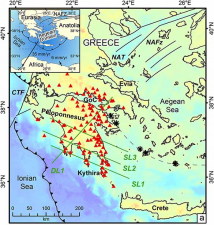
Le projet SISMED a pour objectif de caractériser un système majeur de failles sismiques situé en Méditerranée (Grèce), grâce à une campagne d’imagerie sismique réalisée par le navire de recherche océanographique américain ultra sophistiqué, le R/V Marcus Langseth. Cette opération à bord de ce navire américain sera une première en Europe. Les travaux de recherche du projet SISMED contribueront à la prévention des risques sismiques et des risques liés aux tsunamis en Grèce et sur le pourtour méditerranéen.
E-POST - The Early POSTseismic Deformation - ANR JC 2015
- Détails
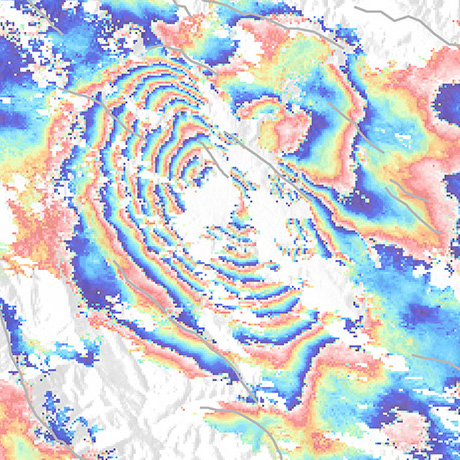 The Early POSTseismic Deformation: a Key Process in the Earthquake Cycle. From Observation to Modeling.
The Early POSTseismic Deformation: a Key Process in the Earthquake Cycle. From Observation to Modeling.
The main objective of the project is to better understand the complex space and time evolution of postseismic transient processes to better assess their link with the coseismic processes and how they contribute to the stress redistribution, which might lead to the generation of catastrophic seismic sequences. The originality of the project is to focus on the shorter time scale of the postseismic phase, the transition from the co- to postseismic (i.e. early postseismic, from minutes to early days) and to test to what extent the better description and knowledge of the co- and early postseismic deformation help to resolve the longer time-scale postseismic deformation (months - years).
The E-POST Young Researcher project is supported by the main French Research Funding Agency ANR over the period 2015-2019.
UMR Géoazur
Campus Azur du CNRS
250 rue Albert Einstein
- CS 10269 - F 06905 SOPHIA ANTIPOLIS Cedex
+33 (0)483 618 500

